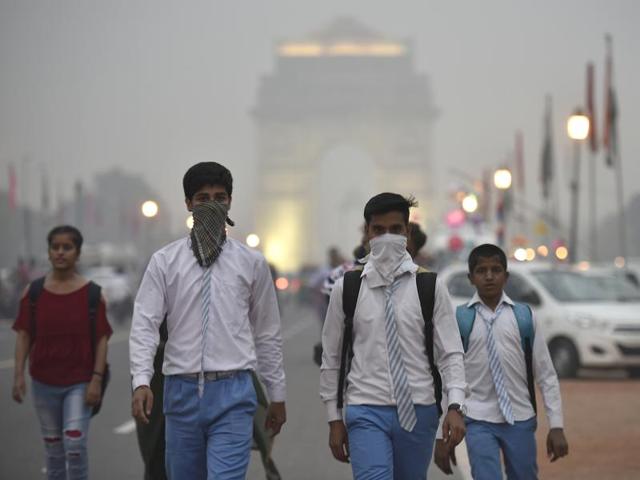During the pandemic-induced lockdown period, PM 2.5 levels across six major Indian cities – Delhi, Mumbai, Kolkata, Chennai, Hyderabad and Bengaluru – dropped a phenomenal 45-88 per cent. The drop in Delhi-NCR was of about 66-79 per cent.

However, with the nation opening up in lockdown 4, pollution has reportedly started registering a comeback. In the six cities, there was two-six times increase in PM 2.5 levels during lockdown 4; Delhi-NCR saw has seen a more significant rise of four-eight times.
“What this tells us is that the nation needed an intervention at such a massive scale – where movement across the country was completely restricted, and all industry stopped functioning – to make our skies blue and our air and lungs clean. It tells us that there should be no question, therefore, on the key sources of air pollution in our country: emissions from vehicles and industry.
“And it tells us that we need to set down an agenda for action which will help us retain this lockdown advantage of blue skies and clean lungs,” said SunitaNarain, director general, Centre for Science and Environment (CSE), at a webinar in New Delhi on Friday, June 5, 2020.
Titled “An Environmental Agenda for the Future”, the webinar was organised by CSE to mark the World Environment Day, where the organisation presented a charter of environmental demands to ensure a better, cleaner and more sustainable environment, life and air quality after the lockdown is lifted.
Speaking of CSE’s ongoing analysis of air quality during the lockdown period, Anumita Roychowdhury, the Centre’s executive director-research and advocacy, says: “During the lockdown period, overall mean speed on the roads of Delhi-NCR increased by 15 km/hour. Farm fires did not create the same kind of havoc that they do every year. Daily peak levels of nitrogen dioxide remained flat. We must move immediately to ensure that pollution and congestion levels do not go back to ‘normal’ – what they were before the lockdown.”
CSE’s analysis, which also looks at the extent of pollution from coal-based industry and power plants (to access CSE’s latest report on coal-based power norms, offers the following blueprint for future action.
CSE demands:
- Do not delay in implementing the BS VI norms for vehicles. Trucks and heavy-duty vehicles, which are one of the major contributors to pollution, need to be moved to BS VI – use financial stimulus to scrap BS IV-run vehicles and shift them to BS VI.
- Introduce cleaner battery-powered para-transit and public transport – provide financial support for the shift, starting with autorickshaws and taxis in regions where CNG is not available.
- Re-start public transport. Implement the global best practices for ensuring safety and hygiene.
- Use financial stimulus to augment public transport in cities at scale and with speed.
- Cycling and walking must become part of the “new normal” – introduce measures to encourage and incentivise cycling and walking.
- Bring natural gas under GST to reduce the tax burden and incentivise cleaner fuel.
- Remove coal from OGL so that imports can be regulated and use can be monitored.
- Ensure power plants across the country meet the 2015 emission norms – introduce a policy which will ensure that only those plants which are clean can sell electricity.
Says Narain: “The COVID-19 outbreak and the lockdown that has followed have disrupted our lives and lifestyles at an unbelievable scale and speed. We need to implement our action agenda at a similar scale and pace – only then will be able to breathe easy.”
